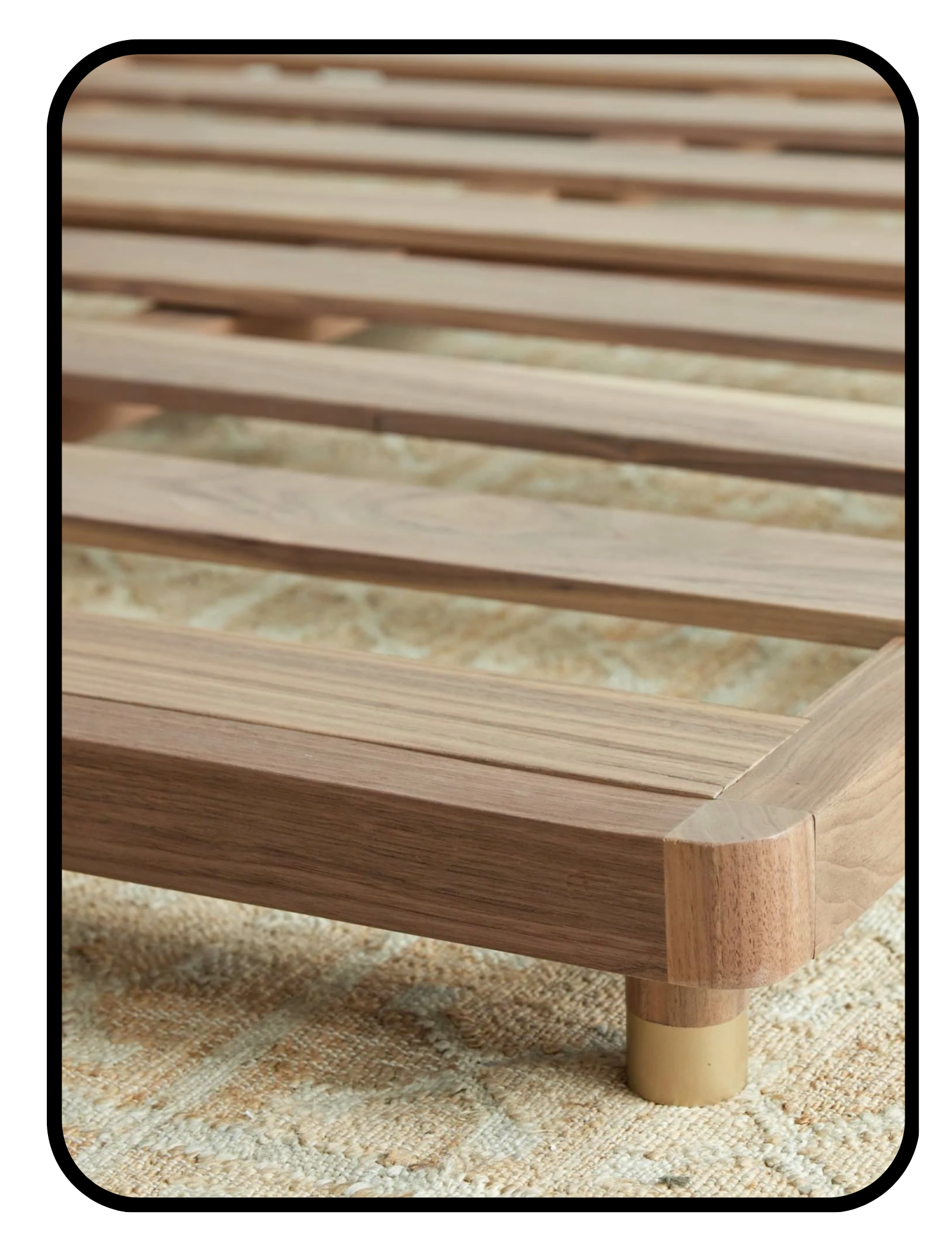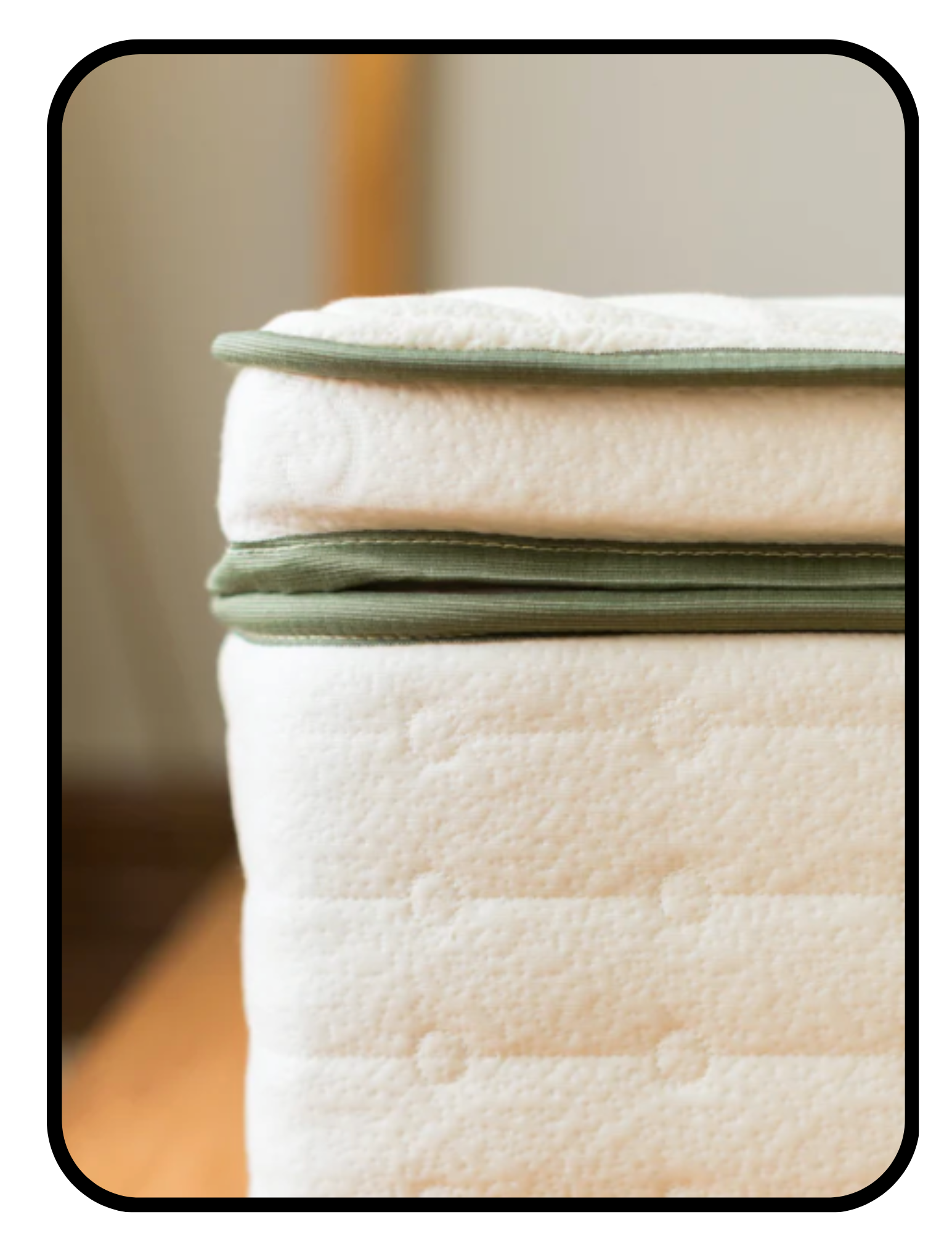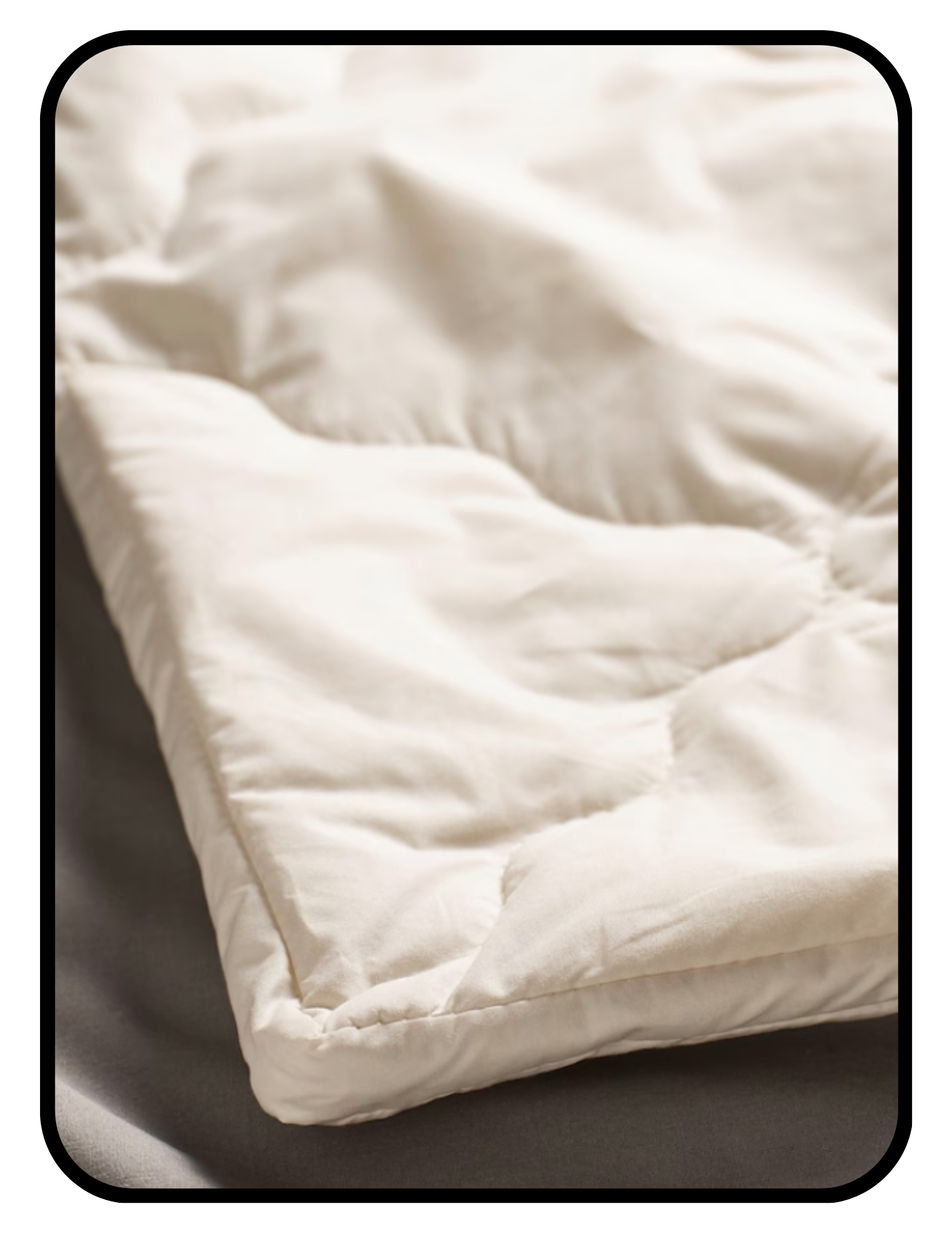Whole Home More Shop by Room ➜ Bedroom ➜ Mattress Pads
Non-Toxic Mattress Pads
The best latex, wool, and down toppers. Click the rating symbols below each mattress for more information about each layer.
Latex Toppers
Avocado offers the most affordable organic mattress topper, the 2” Eco-Organic. It’s made with GOLS and GOTS certified organic latex and cotton. They also have 3 different luxury options— a classic latex and wool one, a vegan one, and latex-free one made with soft alpaca and wool. I have their classic one and love it.
Without the optional cover, this is an ultra-affordable organic mattress pad. Made of latex, it’s GOLS certified organic. With the cotton outer, it’s GOTS certified organic, too. I have the 3” one in my guest room and it’s super cozy.
Happsy’s 2” latex organic mattress topper is GOLS certified and makes any mattress feel like a pillow top. Naturepedic is their parent company, and Happsy is both still 100% organic and affordable.
Naturepedic’s 2” latex mattress topper is their most basic option, is encased in GOTS certified organic cotton. The latex is “GOTS approved” which isn’t necessarily organic, but it is natural— click on the symbols below for more info.
Wool and Natural Down (Latex-Free) Toppers
Naturepedic’s Wooly 3” mattress topper is very luxurious and moisture-wicking. Wool is thermoregulating, and theirs is also GOTS certified organic and encased in soft organic cotton.
More Healthy Design for You
Learn More About Organic Mattress Pads
Everything about healthier fabric: what GOTS and OEKO TEX mean, what chemicals are used in processing, if you can wash them out, and more.
Everything about foam: how it’s made, what Dunlop and Talalay latex are, why CertiPUR isn’t that great, and more.
Click on bolded statements for links to research and more information.
Do organic mattress pads protect you from the regular foam mattresses underneath?
It’s possible, yes. While it is true that a vapor-proof encasement is the only way to seal the VOCs inside of a foam mattress as they off-gas, VOCs aren’t the only issue that mattresses present. A pad may help in two ways:
Reducing foam breakdown by reducing the amount of friction on the foam. Foam degradation releases semi-volatile organic compounds (sVOCs), which are relatively heavy molecules, meaning they don’t vaporize or off-gas into the air. An example of sVOCs are Flame Retardants, one of the most common foam additives in mattresses, which settle into dust. Having an organic and safe mattress pad between your body’s movements and the mattress containing sVOCs may help.
Decreasing body heat in contact with the foam. Body heat in contact with mattresses is known to speed up off-gassing of VOCs. A mattress pad should reduce the amount of heat transfer between your body and the polyurethane foam.
Whole Home More Shop by Room ➜ Bedroom ➜ Mattress Pads






























